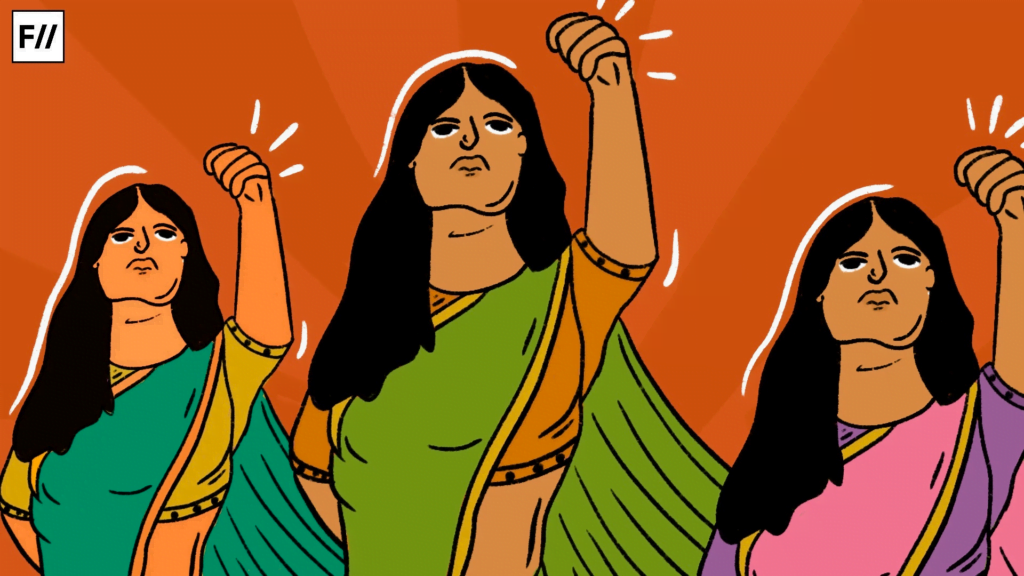Trigger Warning: This article mentions gender-based violence and marital rape.
A National Family Health Survey (NFHS), 2019-2021, report reveals that, “29.3 per cent of married Indian women between the ages of 18 and 49 have experienced domestic/sexual violence; 3.1 per cent of pregnant women aged 18 to 49 have suffered physical violence during their pregnancy.” The Health Ministry and the Indian Institute of Population Science collaborate to conduct the NFHS, one of the world’s largest household surveys. The study, supported by the central government and USAID, provides critical information on the social and economic determinants of health.
The most common type of violence is physical violence (28 %). One fourth of ever married women have experienced physical or sexual violence and report having physical injuries. 45% of women and 44% of men agree with more than seven specified reasons for wife beating.
NFHS-5
Numerous important parameters have been added in the survey, over the years, making it one of the most detailed health and welfare surverys in the country. NFHS- 5 provides information for 707 districts, 28 states, and 8 union territories. The fieldwork for NFHS report was conducted in two phases. While between June 2019 and January 2020, first 17 states and 5 union territories were covered, second phase between January 2020 and April 2021 covered 11 states and 3 union territories.

The NFHS-5 report has once again brought to the fore the prevalence of gender-based violence in India. Gender-based violence in India is a social evil and has been acknowledged throughout the world as the violation of human rights. The UN adopted the 2030 Agenda for Sustainable Development in 2015, which included a global target to eliminate “all forms of violence against women and girls in public and private spheres.” The report will provide a yardstick to measure the progress made towards the UN’s Sustainable Development Goals.
The World Health Assembly Resolution 69.5 in 2016 also called for a global plan of action to increase the role of the health system within a national multisector response to interpersonal violence, especially violence against women and young girls.
Despite of all these initiatives, domestic violence is still prevalent in many countries and particularly India.
Domestic violence affects married women across different socio-economic backgrounds in India. It includes physical, emotional, sexual, and economic abuse perpetrated by spouses or family members.

According to the report, “the most common type of violence is physical violence (28 %). One fourth of every married women have experienced physical or sexual violence and report having physical injuries”. Despite the shocking number of physical violence cases, a lot of people including both men and women have justified wife beating in the survery in some circumstances. “45% of women and 44% of men agree with more than seven specified reasons for wife beating”.
As compared to NFHS-4, agreement for one or more reason has fallen for women in NFHS-5, while it has increased for men. For women this has declined by 7% percetage points compared to 52% in NFHS 4.
Both women and men agree beating if the women shows disrespect toward in laws (32 and 31%) whereas 11 and 10% if she refuses to have sex with him.
According to the National Commission for Women, they received 26,513 complaints from women in 2020-21, a 25.09 percent increase over the 20,309 complaints reported in 2019-20, demonstrating the global trend that during the pandemic, more women were victims of domestic abuse than ever before.
The COVID-19 epidemic has also worsened the incidence of violence against women at the hands of their intimate partners, owing to the increasing tensions of loss of livelihood, disruption of social and protective networks, and restricted movement.
